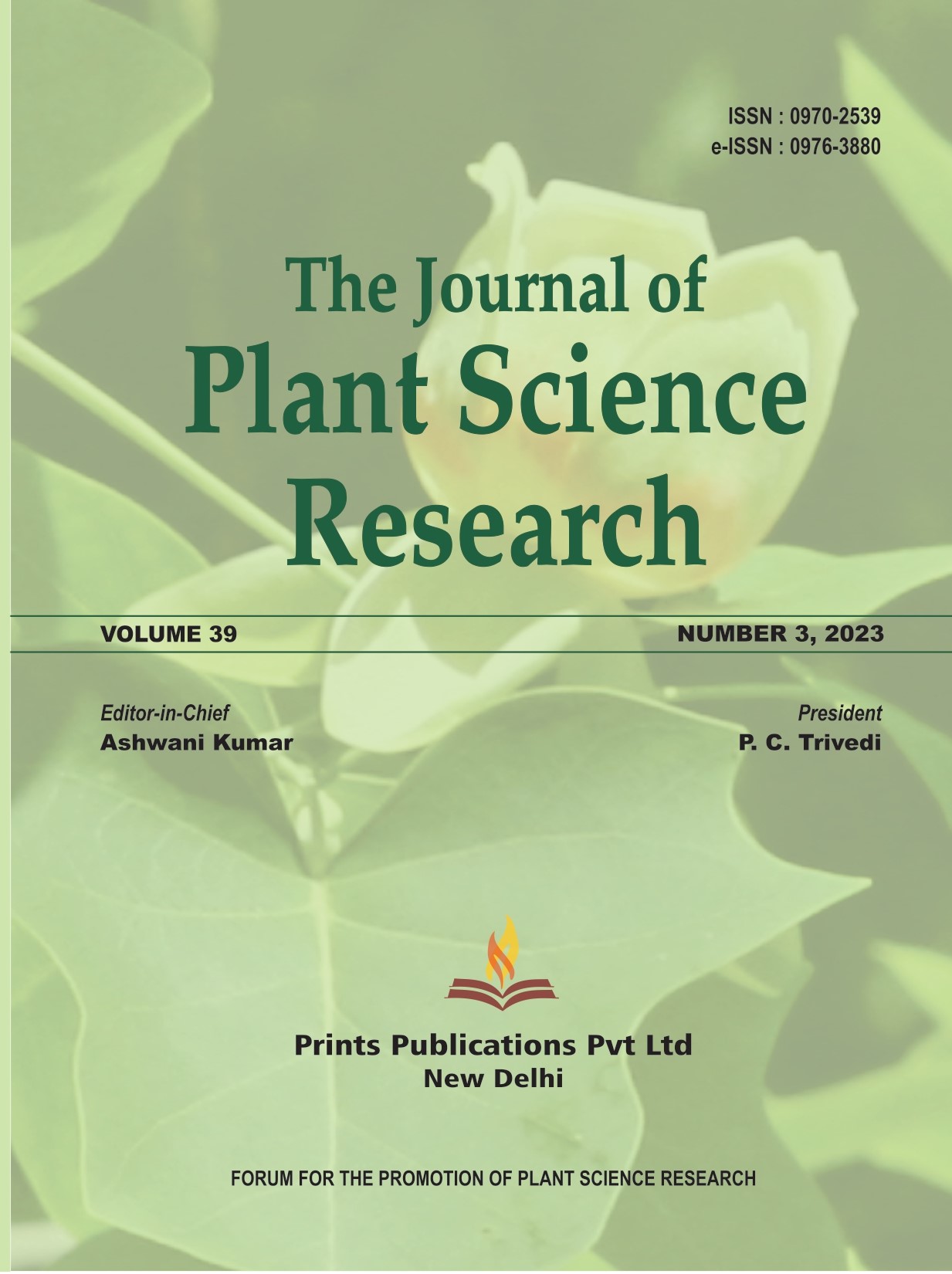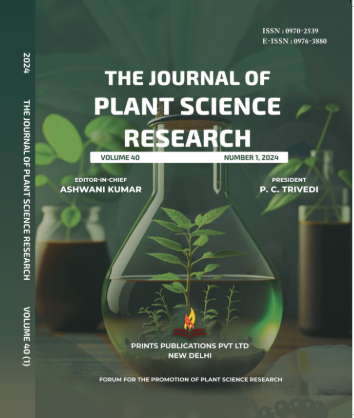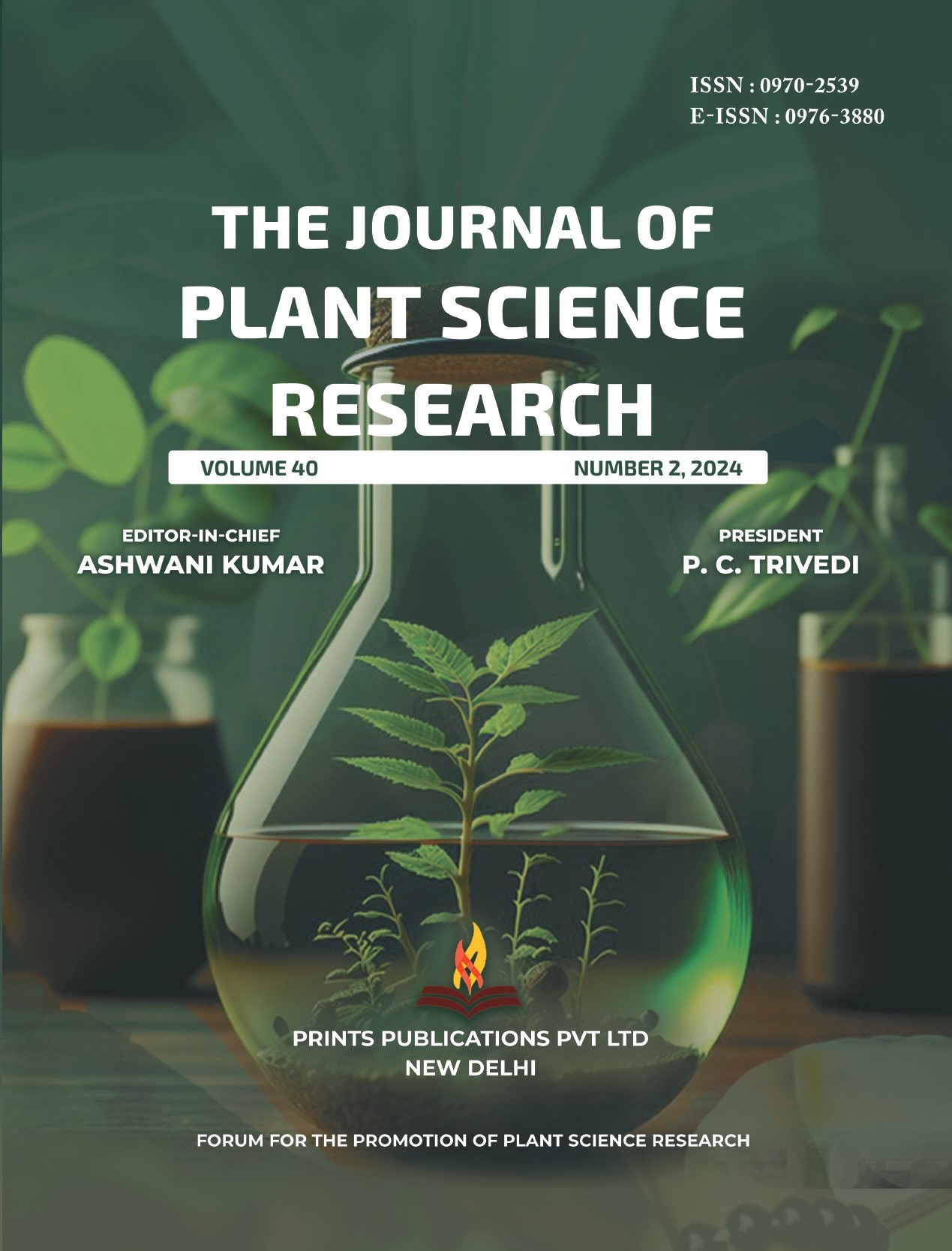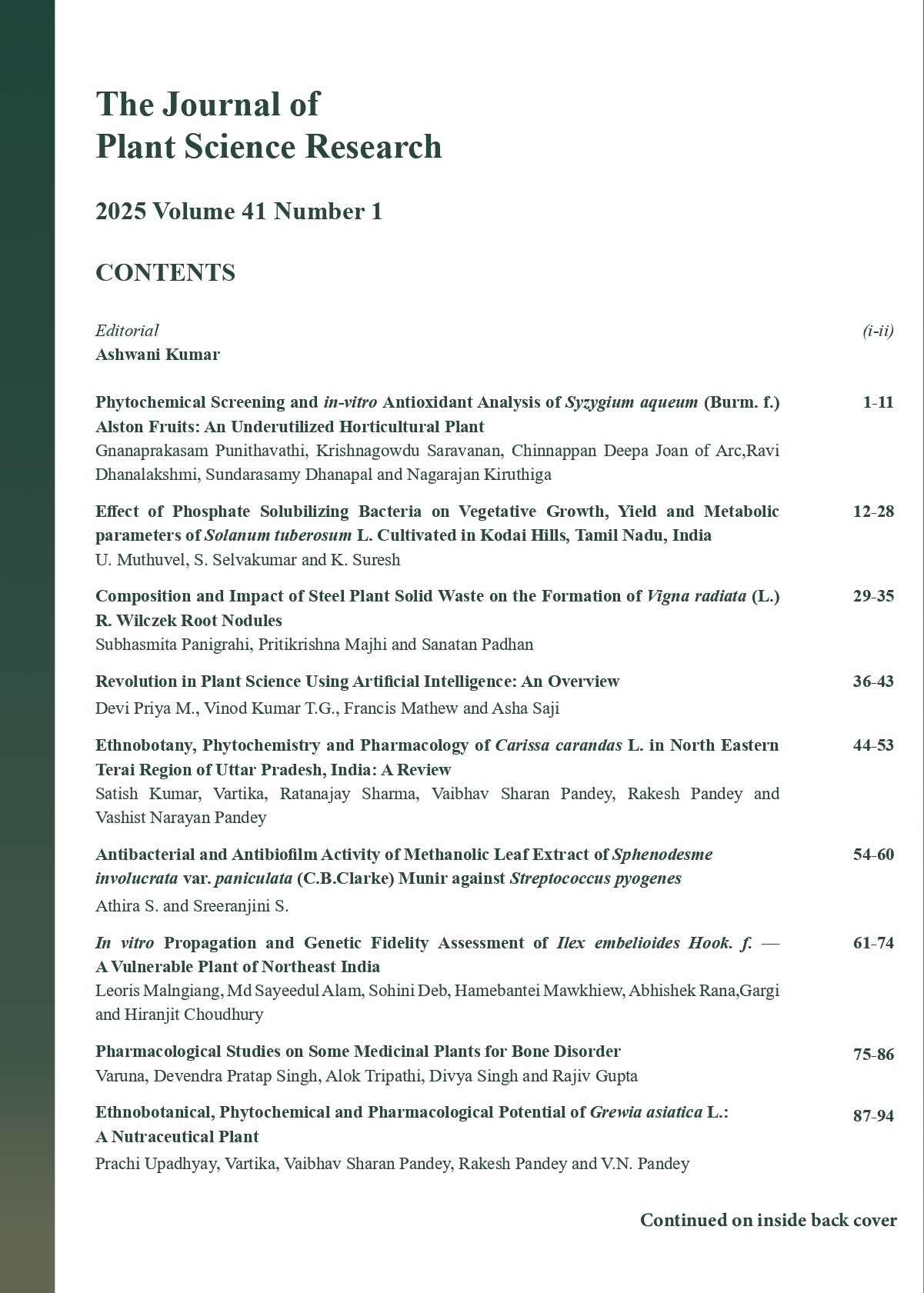The Journal of Plant Science Research - A UGC Care-Listed Journal
Published in Association with Forum For the Promotion of Plant Science Research
Current Volume: 41 (2025 )
ISSN: 0970-2539
e-ISSN: 0976-3880
Periodicity: Tri-annual
Month(s) of Publication: April, August & December
Subject: Botany
DOI: 10.32381/JPSR
Online Access is Free for Life Member
Complete nutrient profile of Banana flower: A review
By : Damini Soni, Gargi Saxena
Page No: 263-267
Abstract
India is one of the biggest producers of banana, producing 29 million tonnes per year on an average between 2010 and 2017, followed by China at 11 million tones on an average per year. Banana flower also known as banana male bud or banana blossom is the edible by product of banana cultivation which due to its good nutritional value is consumed in many Asian countries like Sri lanka, Malaysia, Indonesia, Philippines and India. Banana blossoms are usually thrown away by producers, producing huge post harvest waste. They contain various bioactive compounds like flavanoids, alkaloids, phenols, tannins which are known to possess antioxidant, antivirus, antimicrobial and anticancer activities. Blossoms are good source of crude fiber with some biologically active compounds like vitamin C, tannins, myoinositol phosphates, and alpha tocopherols. The flower is used to treat ulcers, dysentery, bronchitis, alleviating menstrual bleeding problems, facilitates lactation, helps in overcoming diabetes, helpful in weight loss and is good for gastrointestinal health.
The flower being a rich source of phytochemicals imparting antioxidant activity can be used to prepare various detoxifying beverages and products incorporating ginger, mint, carrot, wheatgrass, spirulina, gooseberries and lemon to enhance the antioxidant activity and acceptability.
Authors :
Damini Soni : Research scholar, IIS (Deemed to be University), Department of Home Science, Jaipur, India.
Gargi Saxena : Senior Assistant professor, IIS (Deemed to be University), Department of Home Science, Jaipur, India.
DOI: https://doi.org/10.32381/JPSR.2021.37.02.6






